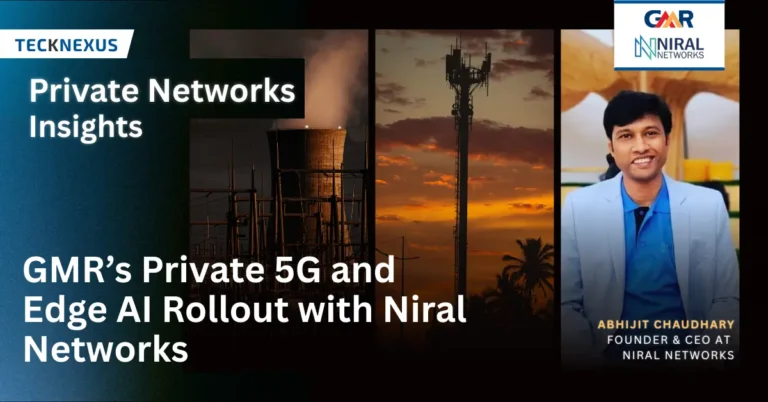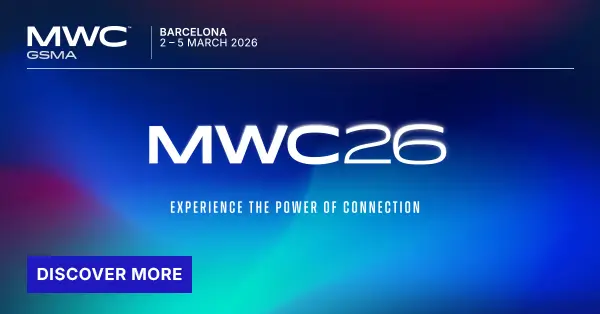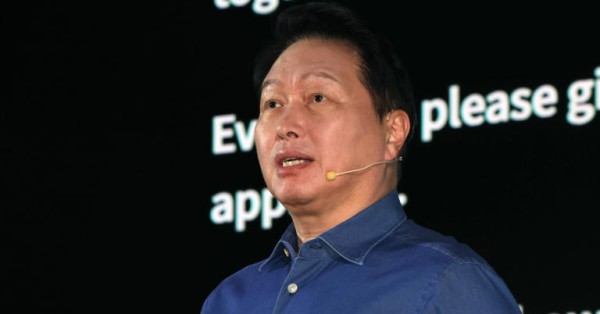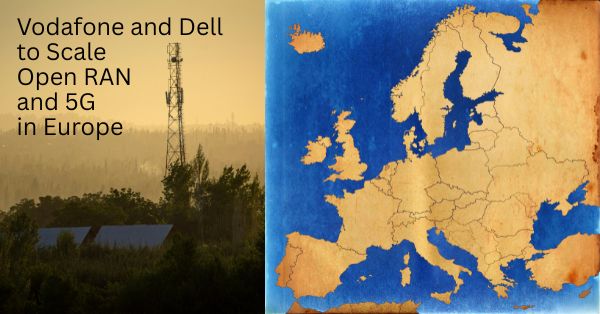Rakuten Mobile did not know that Open RAN was ready when it started its journey in 2018. The important message is that nothing is ever completely ready until it’s done, and then it’s in decline. That’s the same with 2G because it needed 3G, 3G needed 4G, and 4G needed 5G.
There was a lot of skepticism when Tareq Amin, who was Rakuten Mobile CTO at the time, decided decided to go down the Open RAN direction and the fully cloud-native virtualized direction in 2018. We have realized that when you do something and try very hard, the rewards are very good.
275,000 cells deployed while maintaining operational headcount of 250 people
















































